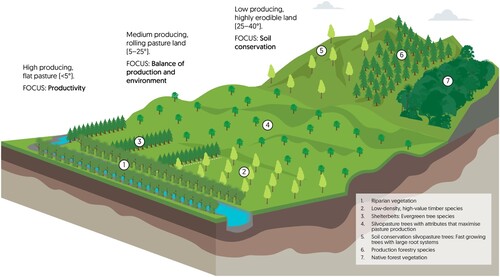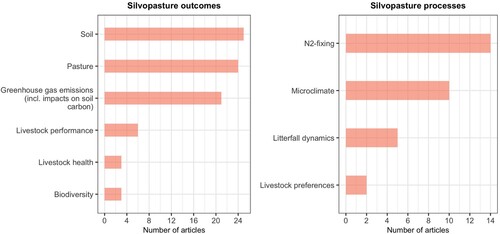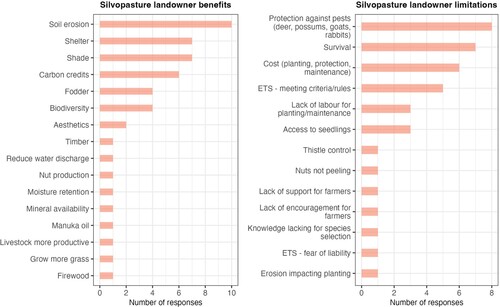Figures & data
Table 1. Review of the positive and negative impacts of silvopastoral systems globally for a range of outcomes.
Figure 1. Ecological interactions between system components with increasing complexity for pasture, livestock and tree interactions in a pastoral system. The direction of the arrow indicates how the component the arrow comes from impacts the component the arrow goes towards. For instance, for number 7, the microclimate impacts livestock through changes to temperature, humidity, PAR and wind.
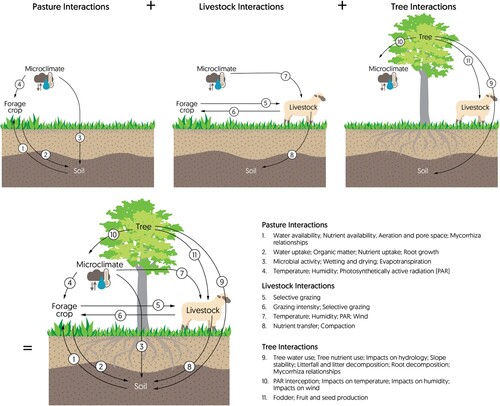
Table 2. Occupation and participant numbers for the workshop participants.
Table 3. Limitations given by non-landowner groups for the potential of silvopastoral systems to be realised in the future.
Figure 4. Potential landslide-derived sediment delivery to streams based on modelling landslide susceptibility (Spiekermann et al. Citation2022a) and landslide connectivity (Spiekermann et al. Citation2022b) modelling for a small pastoral area in the Wairarapa, NZ. The comparison of a treeless baseline scenario with the actual tree cover (shown in the orthophoto from 2013) demonstrates that the eucalyptus grove (photo insert) has led to a much greater reduction in future sediment delivery compared with the poplars and willows to the west, which were largely planted in areas where landslides are unlikely to occur with or without trees present.
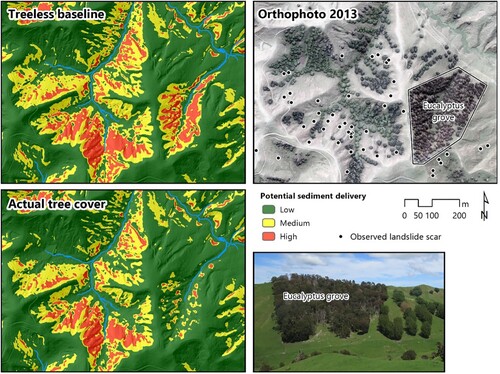
Figure 5. Schematic diagram illustrates how silvopastoral design could vary spatially within a farm and how the design relates to desired outcomes. A typical farm will be more spatially diverse than this diagram indicates, and this figure is purely a representation of how there is a relationship between silvopasture outcome, topography and tree attribute/vegetation type on the farm.
